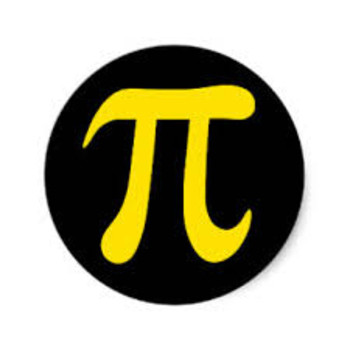How do you find the discriminant of #-3x^2+9x=4# and use it to determine if the equation has one, two real or two imaginary roots?
1 Answer
Therefore, there are two roots which will be real and unequal.
Explanation:
When you are solving a quadratic equation, it is very useful to know what sort of answer you will get. This can often help in determining which method to use - for example whether to look for factors or to use the quadratic formula.
A quadratic equation is written in the form
Always change to this form first
The discriminant is
The solutions to an equation are called the 'roots' and are referred to as
The value of
If
If
If
If
Note that if
Therefore, there are two roots which will be real and unequal.

